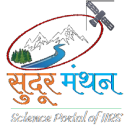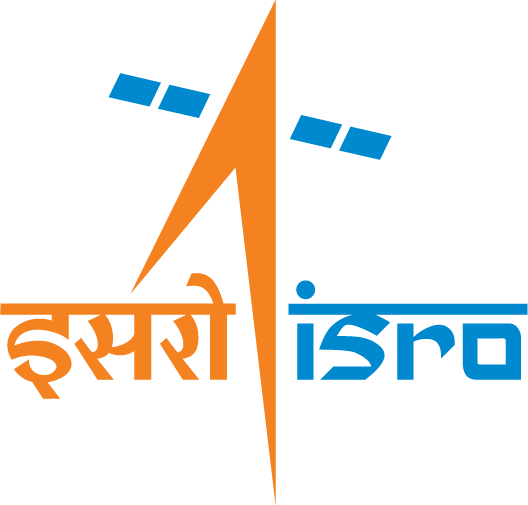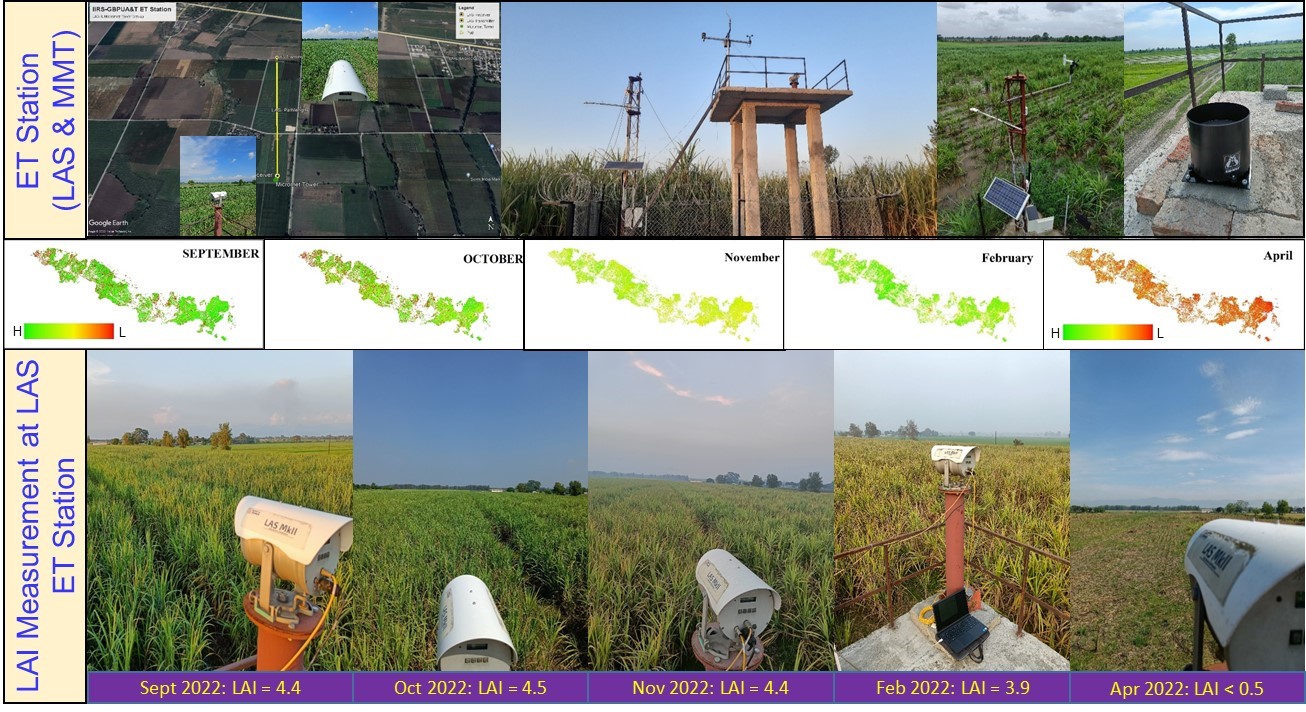Slope stability and landslide hazard assessment- Limit equilibrium based case study in parts of Mandakini river basin
In India, the active areas with Landslides in the Himalayan region and the ongoing process of development in this area can be impeded by the associated risks and hazards posed by these events. The Garhwal Himalaya region, in particular, has a history of landslides, some of which are well-known and triggered by co-seismic events. While rainfall and earthquakes are commonly Continue Reading »







